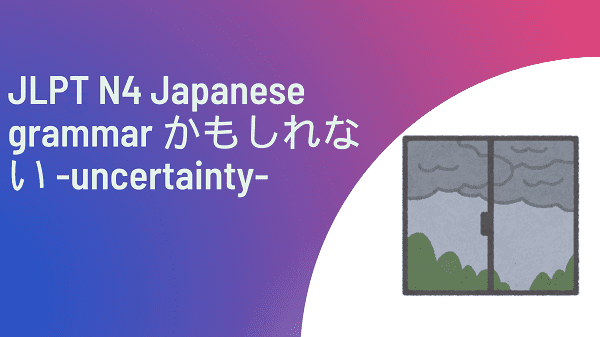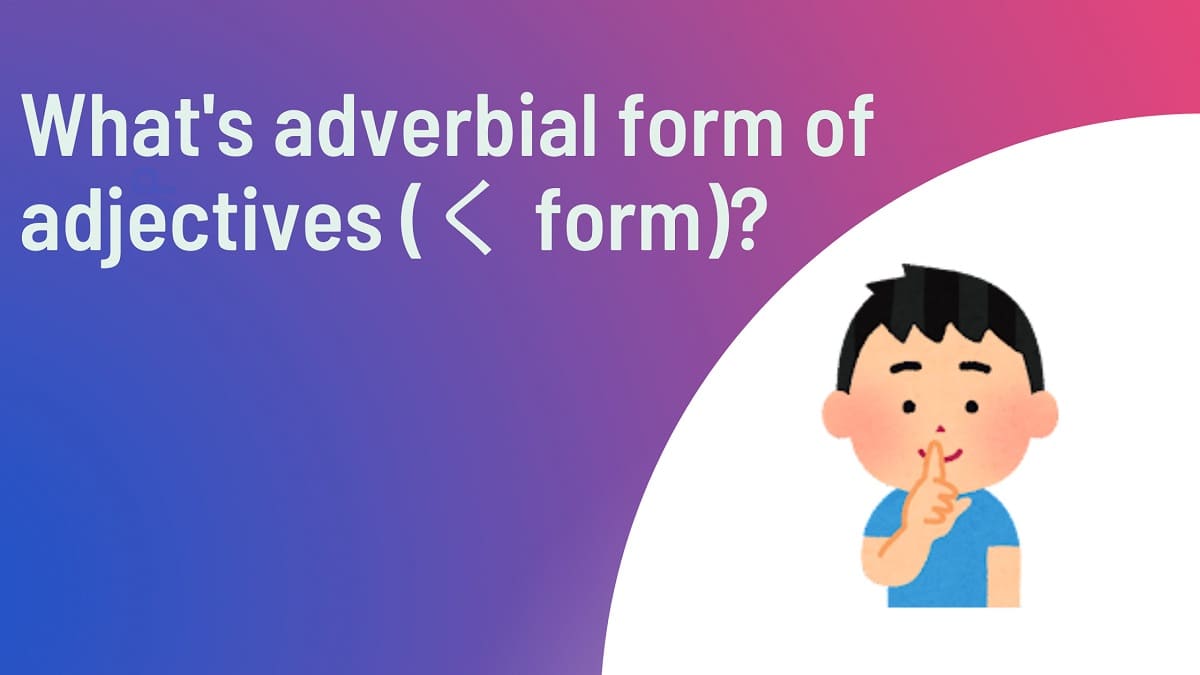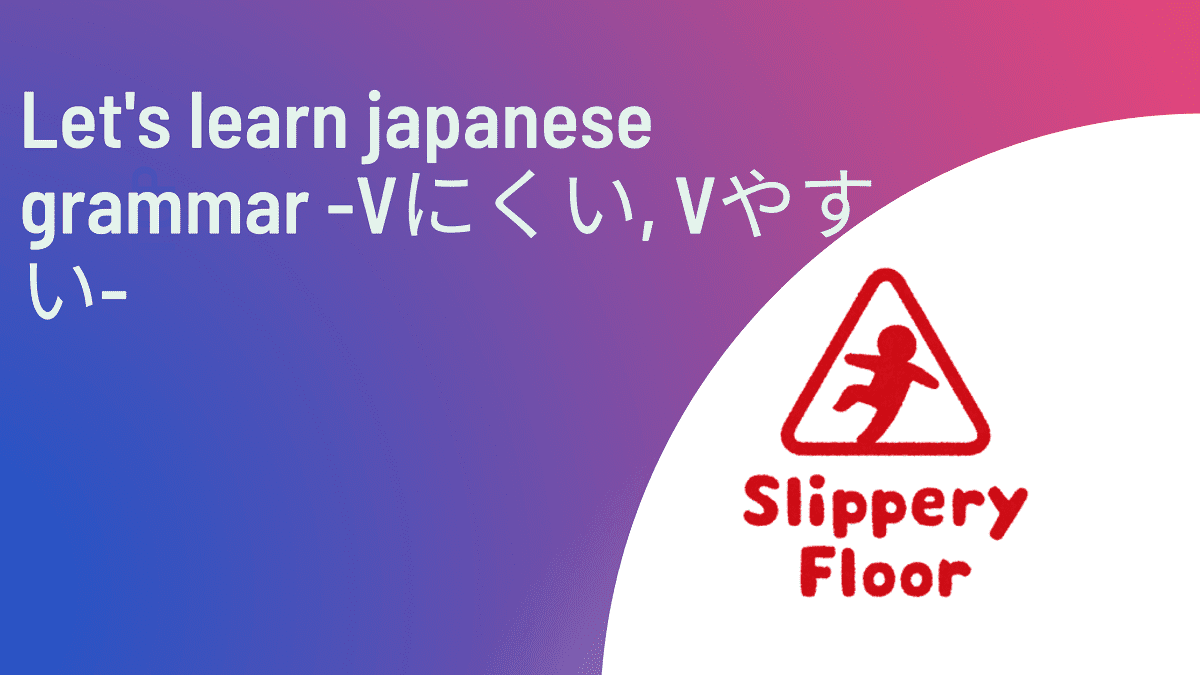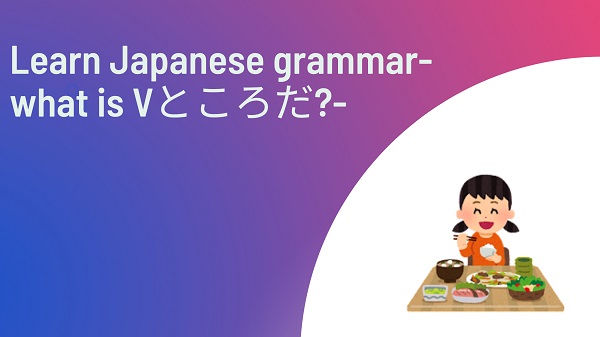When you ask someone to do something in advance, how can you ask it? You can use ておく for it. What is ておく and how can you use it? In this article, I will explain about it. I have been teaching Japanese for 4 years, so you will understand ておく when you finish reading this…
Read MoreIf you aren’t sure if it’s true or not, how can you express it in Japanese. You can use かもしれない in the situation. In this article, I’ll teach you how to use かもしれない and when you can use it. I’ve been teaching Japanese for three years, so when you read this article, you’ll understand what…
Read MoreWhen you tell someone that it’s about to rain or I hear that it’s going to rain, you can use そうだ. In this article, I will teach you what そうだ is and how to use it. I have been teaching Japanese for 4 years, so you will understand souda when you finish reading this article.…
Read MoreWhen you failed something, how can you explain the situation in Japanese? You may use てしまう. In this article, I will teach you how to use てしまう. There are practice exercises at the end of this article, so please read to the end. *Are you looking for a place to practice Japanese? Youtonihongo is for…
Read MoreIf you don’t know how to use a computer, how can you ask in Japanese? In this article. I will teach you how to say “how to”, which is V方(かた) I’ve been teaching Japanese to beginners for three years, so when you read this article, you will understand what Vかた is. There are practice exercises…
Read MoreIn this article, I will teach you how to change from adjectives into adverbs. As you know, adjectives describes nouns, but Japanese adjectives can modify verbs too. The form of adjectives which can modify verbs is called 連用形 (れんようけい) , which is adverbial form. When you read this article, you will understand what adverbial form…
Read MoreDo you know how to change verbs or adjectives into nouns? The rule is easy. I have been teaching Japanese to beginners for three years, so when you finish reading this article, you will understand what nominalizer is and how to change verbs and adjectives into nouns. *Are you looking for a place to practice…
Read MoreWhen something is hard to do or easy to do, how can you explain the situation in Japanese? In this case, you can use Vにくい and Vやすい. In this article, I will teach you how to use them. *Are you looking for a place to practice Japanese? Youtonihongo is for you. You may receive one…
Read MoreWhen you tell someone what you are about to do, are doing, or have just finished, you can use Vところです for these patterns, so Vところです is very useful for conversations. In this article, I am going to teach you when you can use Vところだ and how to use it. *Are you looking for a place…
Read MoreWhen you learn Japanese verbs, you will see -ます with verbs. ます form is a very basic conjugation type of a verb, but what is masu form? When and how can we use it? I will explain what masu form is in this article. I have been teaching Japanese to beginners for three years, so…
Read More








